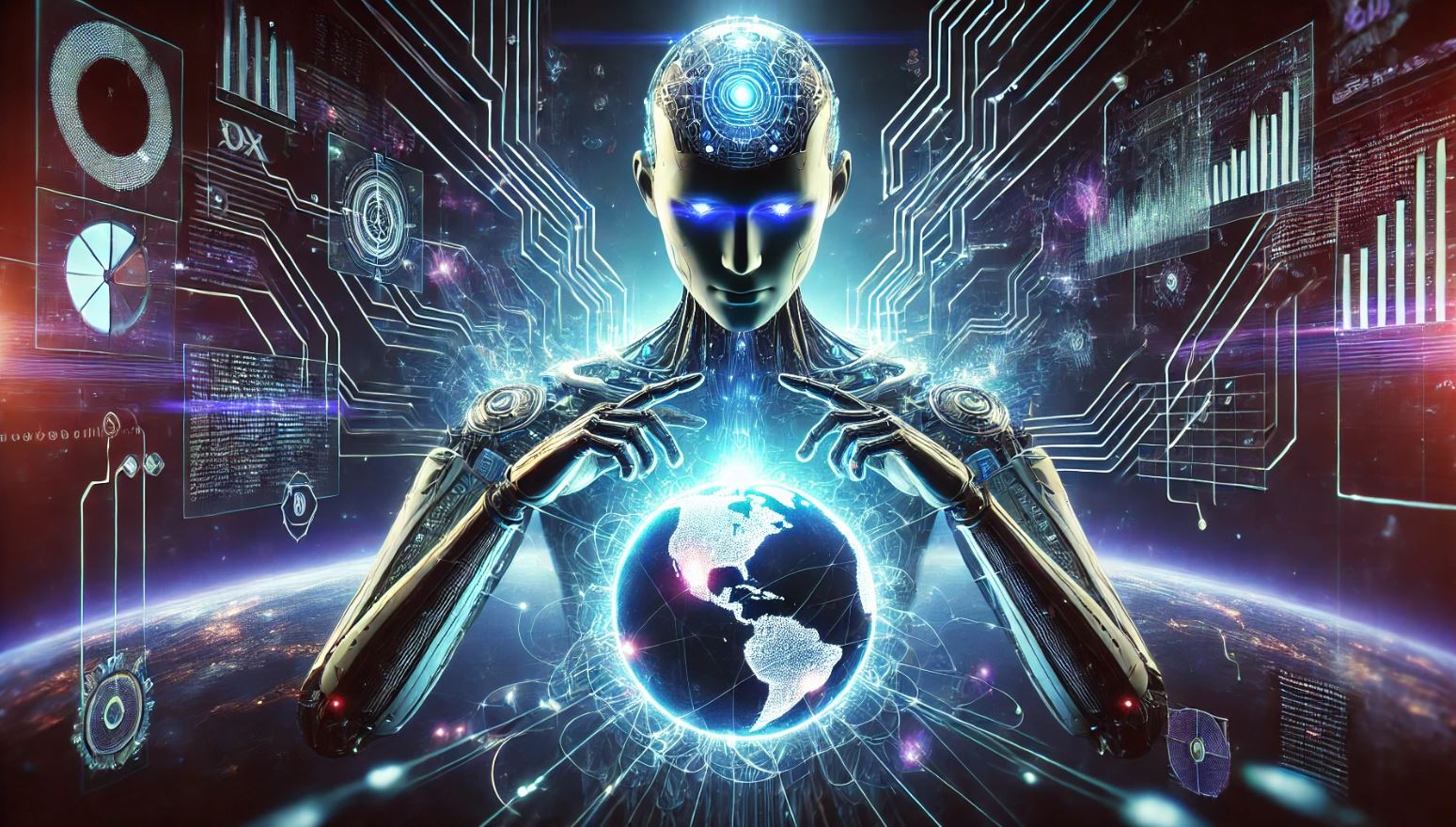 GPT-5 has recently stirred up the tech community, drawing both cheers and raised eyebrows. While some hail it as a flagship release, many experts see it as a polished update rather than a massive leap forward. OpenAI’s CEO, Sam Altman, even compared it to Apple’s debut of the Retina display—technically impressive but ultimately an evolution, not a revolution.
GPT-5 has recently stirred up the tech community, drawing both cheers and raised eyebrows. While some hail it as a flagship release, many experts see it as a polished update rather than a massive leap forward. OpenAI’s CEO, Sam Altman, even compared it to Apple’s debut of the Retina display—technically impressive but ultimately an evolution, not a revolution.
If you’ve ever been let down by overhyped tech promises, you’re not alone. Users recall the buzz around GPT-4o’s personality when they campaigned for its return, showing that in many cases, what really matters is a smoother, more user-friendly experience rather than radical new features.
Despite some of the grand claims—like teasing the model with a Death Star-esque image and promising intelligence that sounds almost PhD-level—the reality is more measured. The model still stumbles on basic tasks, like spelling simple words, which makes you wonder if the hype is outpacing actual capability. And while tech leaders such as Mark Zuckerberg and Dario Amodei from Anthropic weigh in on the future and its possible implications, including impacts on jobs, there’s a healthy dose of scepticism in the air.
One intriguing twist is that some of the most exciting innovations in AI might not even lie within chatbots at all. Take Google’s Genie 3, for instance. It turns written prompts into engaging, 3D worlds—a creative departure from conventional chatbot interactions that could signal where AI is truly headed.
In a nutshell, the current wave of AI advancements is closely tied to big investments and the constant pressure to justify those costs. The key takeaway? It’s important to sift through the marketing gloss to focus on enhancements that make a real difference in performance and understanding.








